Guest Column: Why brands need to be more bullish on mobile video ads
With mobile phone becoming a focal point for all marketing and advertising strategies by marketers, videos ads on mobile devices have the power to be far more superior and contextual when it comes to advertising, says Vishal Rupani, Co-founder and COO, mCanvas.
Driven by rapid digital adoption, India has seen tremendous growth in mobile video consumption, where the growth has not only taken place in urban clusters but has also percolated to Tier II, Tier III cities along with rural areas. This democratized access has been possible due to better digital infrastructure, improved digital literacy, falling data rates and more disposable income, among other factors.
Of all video consumption, YouTube and Facebook are the two most popular social networks that drive mobile video consumption, followed by OTT players like Hotstar, Voot and Sony Liv.
According to MMA Kantar IMRB 2017 Study for Smartphone Usage in India, an average consumer spends about three hours every day on his/her smartphone, which surpasses the time spent on TV or any other media platform. One cannot ignore the role that the Indian telecom industry has played in the last one year. Jio disrupted the telecom market last year, and the effects are seen till today. It resulted in an exponential decrease in data rates by all telecom players which has consequently increased the average data consumption from 1-2 GB per month to 8-9 GB per month.
This has led to the rise of the mobile phone as a focal point for all marketing and advertising strategies by marketers. Delving deeper into the different routes of mobile advertising, videos ads on mobile devices have the power to be far more superior and contextual when it comes to advertising. They offer a visually stimulating and interactive experience compared to standard banner ads. Also, we are hardwired to respond to videos when we watch content in the form of a video – thanks for Emotional Contagion, where the emotions are often mirrored on the user/viewer from the narrative or the story that he/she is watching it from. It is something similar to the physical sense of anxiety that we feel when we watch a scary film.
Video ads evoke more attention and attract higher click through rates compared to static banner ads. It also gives users the freedom to take actions, like sharing it with their ecosystem, as opposed to the other ad formats. According to a research conducted by Facebook and Nielsen in 2015, results showed that from the moment a video ad was viewed (even before one second), brand lift happened across ad recall, brand awareness and purchase consideration. That means, even people who never really watched the video, but just saw the ad impression, were impacted by the ad. And as expected, the brand lift increased the longer people watched that ad.
Another aspect that helps marketers is the ability to effectively measure and customize their campaigns for different audiences, apart from being interactive for users. A report by Business Insider Intelligence in 2016 stated that marketers and brands are slowly cutting their ties with traditional media and turning to digital media for an overarching brand awareness process as it helps them with higher precision to measure their campaigns and achieve higher click through rates.
Additionally, video ads have gained massive popularity in the last few years owing to the price factor. Most mobile video ads are sold on the CPCV model (Cost Per Completed View) and the pricing remains largely affordable compared to other avenues of advertising. This has helped brands and startups with even modest ad budgets come and experience the possibilities of mobile ads.
Furthermore, today’s audience is no longer a mere consumer/reader/listener/viewer, but rather an active user of campaigns, ideas, brands and experiences. Instead of flipping through a newspaper’s front-page headlines, now the user has the option to navigate through the newspaper’s website and app in a non-linear way. This new pattern of consumption has opened doors for us to gauge their interests and target them with contextualized video ads without being intrusive to their daily line of chores and activities.
Before the advent of programmatic ads, advertising was focused more on the creative than the actual placement on the ad. While creative still remains the crux of a campaign, it is equally important to ensure that the right kind of audience is viewing our ad at the right time. Take a cue from the popular series Mad Men, a show set in advertising’s golden age; that while their ad spaces were based on primitive research about their target audience, eventually media buys were made based on the ‘most likely’ places that they thought their ads could reach their audiences. Thankfully though, due to the rise of programmatic advertisement, ads have increasingly become more targeted than ever before, leading to heightened reach and impact in overall brand lift. It is also helping buyers, publishers and brands measure and optimize campaigns based on user data and real-time results.
To summarize, factors like high brand recall, pricing, targeted audiences from mobile video ads are the main reasons why brands should market their product through video ads.
(The author is Vishal Rupani, Co-founder and COO, mCanvas, a Mumbai-based Mobile Advertising Platform engaging mobile users with its rich media ads & video ads.)





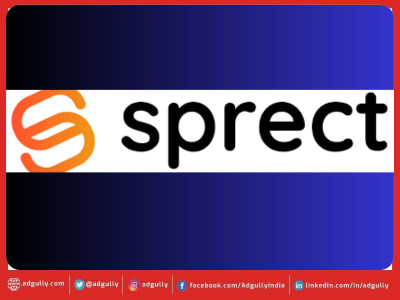


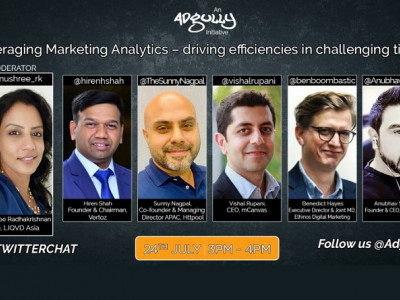


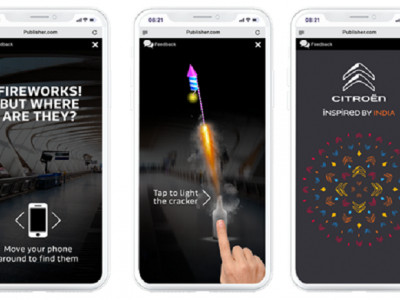
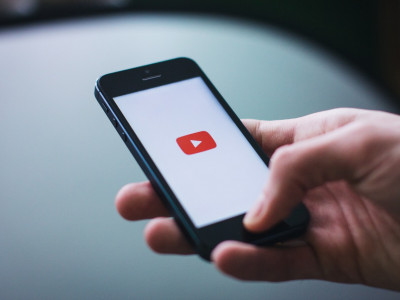


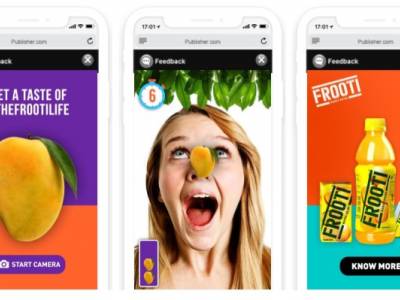


Share
Facebook
YouTube
Tweet
Twitter
LinkedIn